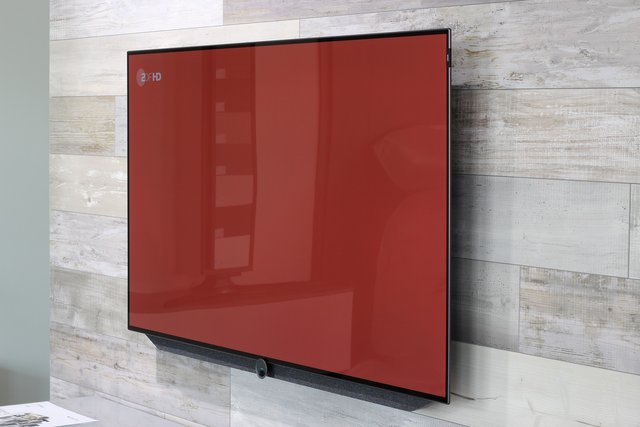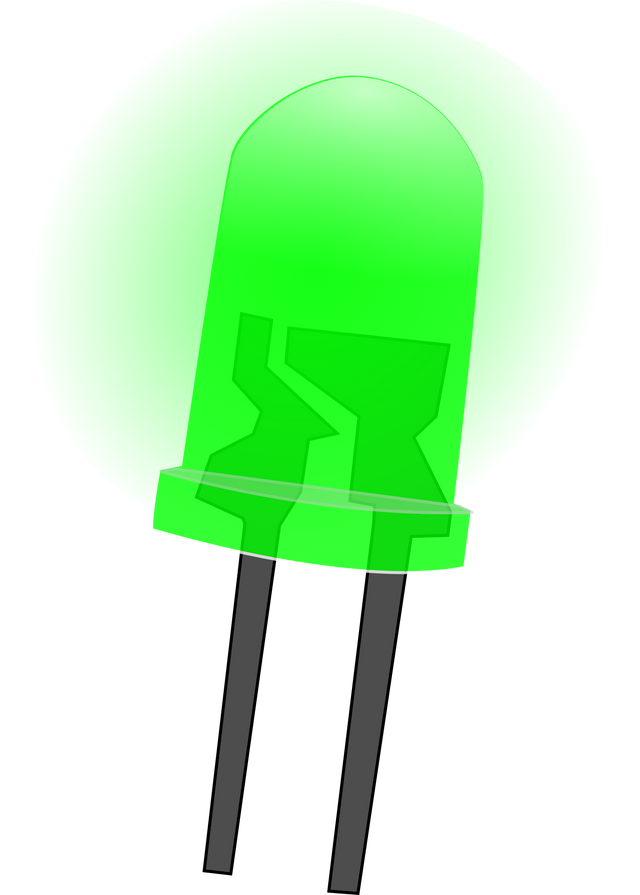HISTORY OF OLED AND WORKINGS
I have always been a fan of television right from time and I know that many can’t do without one for even a day, I could remember back then our cathode ray tube black and white television, which was our very dear friend whenever we return form school, times have really changed even in the world of televisions, that’s more the reason am shedding light on the history of OLED and workings.

For those who are still wondering “what is OLED”, just relax and let me give a brief description of what it is and how it is working, most televisions in the home nowadays do not have protruding back anymore, also the heat generated when most of these televisions are working are very little compared to what we were used to when growing up.
All these were made possible due to technological advancement which replaces the cathode tube with something more compact and lighter. Television screen are generally referred to as either LCD (Liquid crystal display) or OLED (organic light emitting diode display). One of such is the newest Samsung A8F 4K HDR OLED TV. But before we delve fully into history of OLED and workings, let us know everything that is there to know about OLED.
ORGANIC LIGHT EMITTING DIODE (OLED)
Yes the full meaning of OLED is organic light emitting diode, I will make it very simple for those whose are not into technology to know what this is all about. Light emitting diode (LED) is a semi-conductor that emits light when a voltage is passed across it.

Metallic green light LED | Picture credit: Pixabay
Just like your bulb at home, that contains the filament, which is a very tiny wire, what happens is that whenever you insert the bulb into the socket (lamp holder), and switch it on, a voltage will pass through the filament making it hot in no time and thereby making the filament to glow, this is quite similar to what is happening in the OLED, only that instead of any metal or conductor, the substance is organic in nature sometime acridine orange or some other polymers.
Acridine orange is a versatile flouresence dye gotten from dimethylaminobenzaldehyde and N, N- diaminobenzene, sorry for taking you into the world of science but it is inevitable because science is the father of technology. So basically, acridine orange looks like powder orange in physical appearance and can be used to cause the DNA of bacteria to glow or give out light.
OLED screen can be found in your television, PDAs, computers, phones and a lot of other electronics, so when next you purchase a TV or phone and the manufacturer specified that the screen is OLED, you should know that whenever is illuminating your screen is organic. Maybe we should all go back to the green.
OLED doesn’t need back light to work because it can give out its own light and can show deeper colours, this is one of the reasons they produce sharper image than LCD. They can also achieve higher contrast ratio than LCD televisions or electronics.
BRIEF HISTORY OF OLED
Electro-luminescence in organic compounds was first observed in the early 1950s by Andre Bernanos and his co-workers at Nancy Universite in France, when they apply high alternating voltage in air to acridine orange
Similar works were performed by Martin Pope and some co-workers in New York on anthrancene, leading to the proposal of the entire requirements needed for electro-luminescence to occur in organic compound.
The first practical OLED device was built in 1987 by America physical chemist Ching W. Tang and Steven Van Slyke at Eastman Kodak
Just not to bore you with the developmental process of OLED, so that we can continue with history of OLED and workings, I will pause here but if you are eager to know more about this topic, you can check here.
MODE OF OPERATION OF OLED
Before going into the mode of operation of OLED, I will like to mention that OLED is considered as organic semi-conductor, so what applies to the normal semi-conductor can be applied to it too.
The cathode of OLED is also known as lowest unoccupied molecular orbital (LUMO) while its anode is also known as highest occupied molecular orbital (HOMO).
When you switch on your OLED screen phone or Television, charge flow from the cathode to the anode thereby taking electrons from the HOMO and injecting them into the LUMO. The LUMO contains holes, so the electrostatic force will therefore force the electrons and holes together to form excitons.
These excitons later decay and liberate the energy they had absorbed in forming the excitons, this release of energy is what is used to display the image on your screen or any other device that uses such a screen.
So when next you switch on your OLED television or phone, just know that, in that matter of fraction of seconds before the screen comes on, this has happened behind the screen.
DEVICES THAT CURRENTLY USE OLED SCREEN TECHNOLOGY
• Galaxy S7 edge
• Blackberry 10
• Zune HD
• Sony Walkman X series
• Zen V
Some autonomous vehicles also use this in their head up display.The list is endless, but now you know your OLED device better and won’t be surprise if ask “how does your device function” .So this will be all for now on history of OLED and workings, till when we meet again use your device according to the manufacturer specifications.